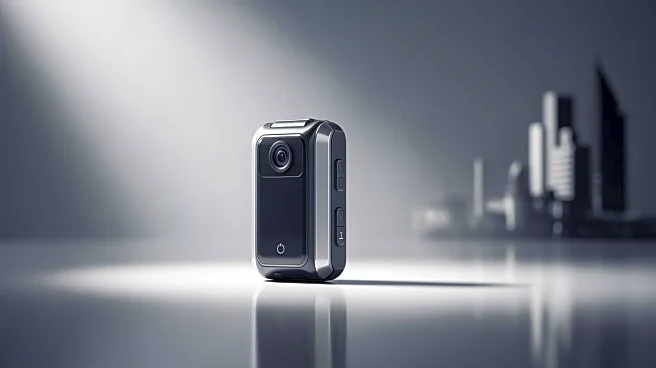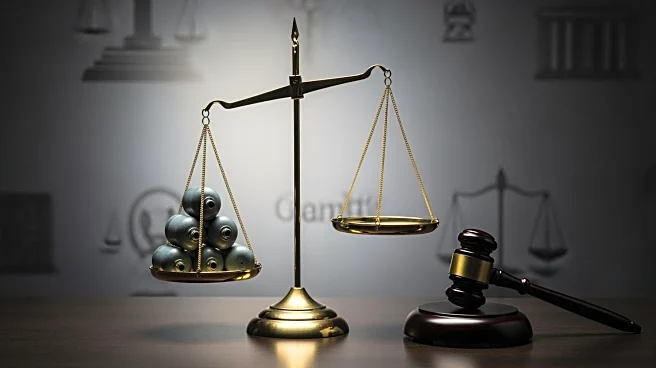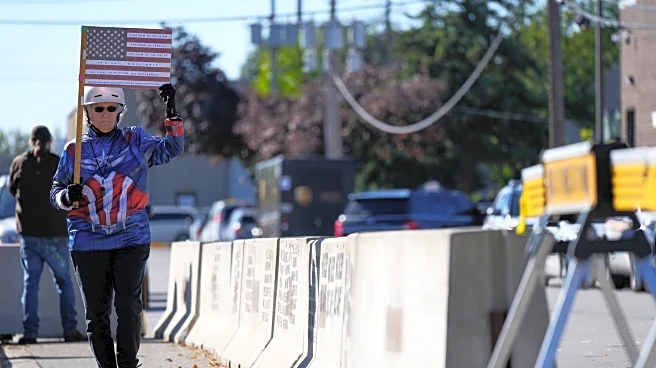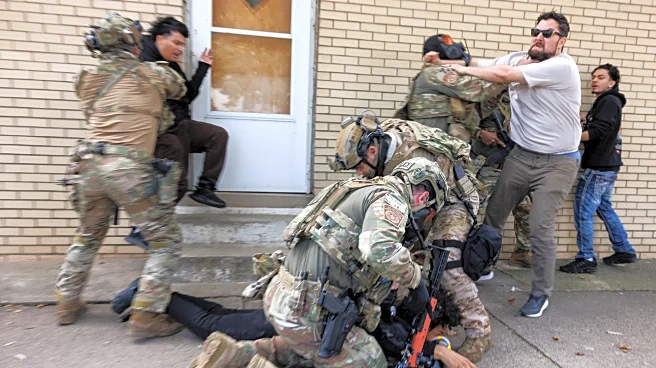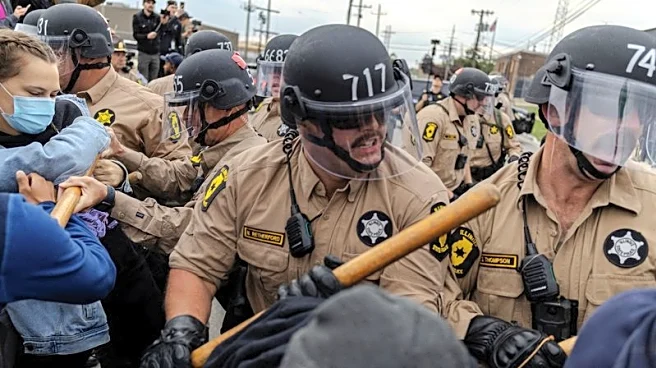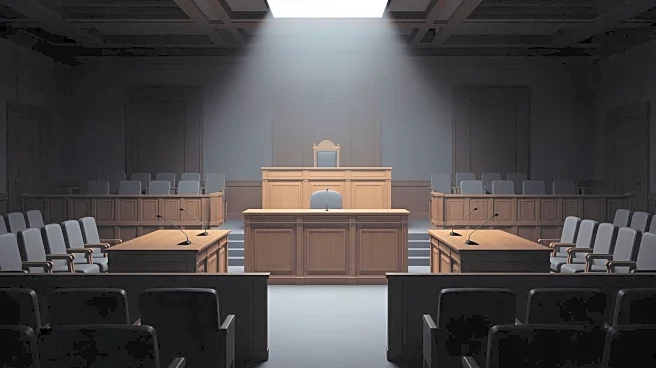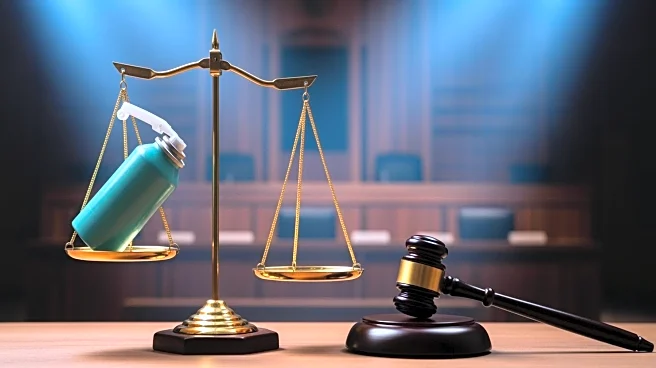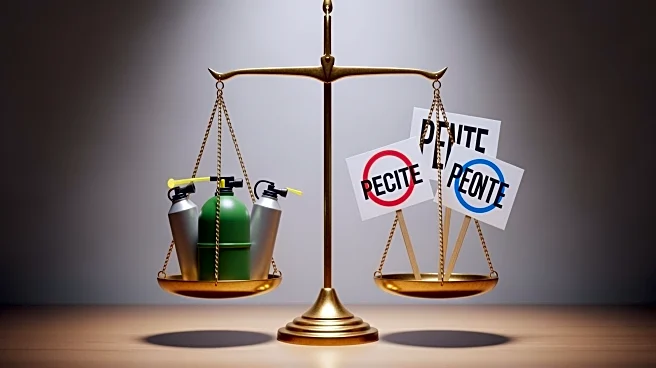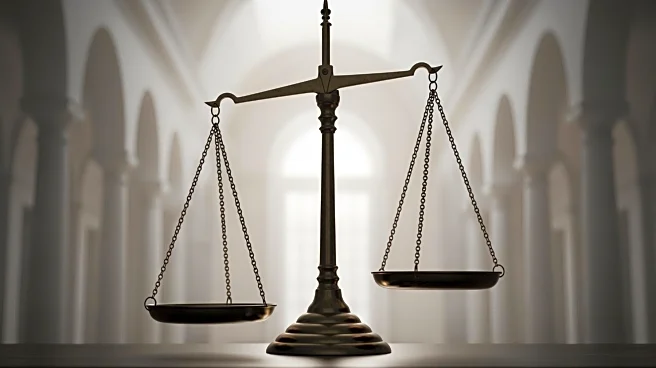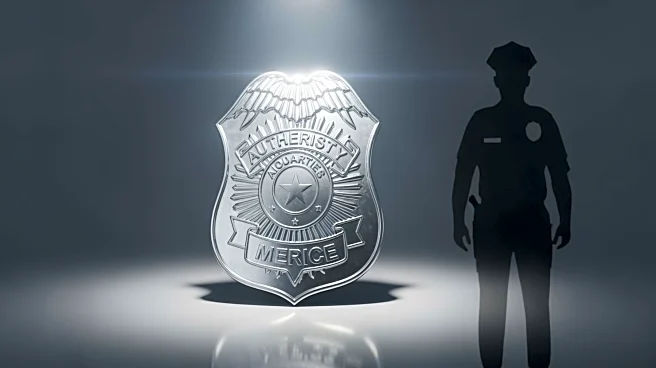What's Happening?
Federal officers involved in immigration enforcement in Chicago are facing scrutiny over their tactics during protests. A hearing was held where officials testified about the need for more funding to expand
the use of body cameras among ICE agents. Currently, only some agents have access to body cameras, and Congress would need to allocate additional funds to broaden their use. U.S. District Judge Sara Ellis has mandated that agents wear cameras during arrests and protests, but ICE officials noted that more resources are required to comply fully. The hearing also addressed complaints about aggressive tactics used by agents, including the deployment of tear gas during protests.
Why It's Important?
The expansion of body camera use among ICE agents is significant as it aims to increase transparency and accountability during enforcement actions. This move could impact public trust in federal law enforcement, especially amid ongoing protests and allegations of excessive force. The requirement for body cameras aligns with broader efforts to ensure law enforcement practices are documented and scrutinized, potentially influencing policy changes and funding allocations. The situation also highlights tensions between federal authorities and community groups, with implications for civil rights and public safety.
What's Next?
Judge Ellis has allowed further questioning of federal officials involved in the operations, indicating ongoing legal scrutiny. The administration's request to deploy the National Guard in Illinois has been temporarily barred, with the order set to expire soon unless extended. The outcome of these legal proceedings and funding decisions could shape future enforcement strategies and community relations in Chicago and potentially other regions.
Beyond the Headlines
The legal and ethical dimensions of law enforcement's use of force during protests are under examination. The case raises questions about the balance between maintaining public order and respecting civil liberties. Long-term, this could influence national discussions on law enforcement reform and the role of surveillance technology in policing.
